Fondazione Bisazza sheds new light on Nobuyoshi Araki’s sensual photo works

What do Nobuyoshi Araki and Bisazza tiles have in common? You wouldn’t think much, but the latest exhibition of Araki’s evocative – and occasionally controversial – works at the mosaic company’s impressive foundation in Vicenza shows them in a whole new light.
It all started in 2009, when Piero Bisazza invited the Japanese photographer to shoot a mosaic campaign. ‘I’ve always admired Araki's photographic style, in particular his use of colour,’ he explains. ‘In our advertising campaign, Araki was able to harmoniously match the brilliance of the golden mosaic with the vivid colours of the models’ kimonos.’
In 2015, the foundation opened a gallery space housing a series of architectural photographs by the likes of Candida Höfer, Julius Shulman and Hiroshi Sugimoto. These have become permanent installations, following various collaborations celebrated across the rest of the foundation: from Jaime Hayon’s playful ‘Pixel Ballet’ (2007) to Marcel Wanders’ ‘Bisazza Motel’ (2004).

Bisazza campaign, 2009
‘We want visitors to the Bisazza Foundation to embark on a journey of discovery, with an element of surprise as they pass through the different sections of the foundation,’ explains curator Filippo Maggia. It certainly is a jolt to the senses when the subject suddenly changes from mosaic planes and chairs to Araki’s images of kinbaku (Japanese bondage).
Maggia wanted to explore Araki’s more recent work, to put the installation in the context of the 2009 campaign. The exhibition spans Araki’s oeuvre, from his intimate Sentimental Journey series – which documented his honeymoon with his late wife Yoko – through to Love on the Left Eye, comprising partially blacked out photographs, a nod to the retinal artery obstruction in his right eye.
Those familiar with Araki’s work will see his usual themes appear: females and florals to begin with, in subtle dytiques with complex colours, which he divides with a piece of clear tape. The intensity grows with his homage to Japanese bondage in Suicide in Tokyo. Araki fans will know, too, there are more innocent motifs. Facial expressions of discomfort are juxtaposed with satisfaction; later in the exhibition, slightly humorous plastic dragons appear at random in the shots, a representation of Araki himself in the image.
As the exhibition closes, you are reminded of where you are again, with a making of video of the Bisazza campaign showing the maestro at work. Araki is depicted physically painting the tiles to build the extraordinary images, evincing the sheer soul of the foundation and how it is so much more than just a mosaic tile emporium – rather, holding a strong connection to the rest of the creative world, too.

Bisazza’s 2009 tile campaign, shot by Araki. Courtesy Fondazione Bisazza
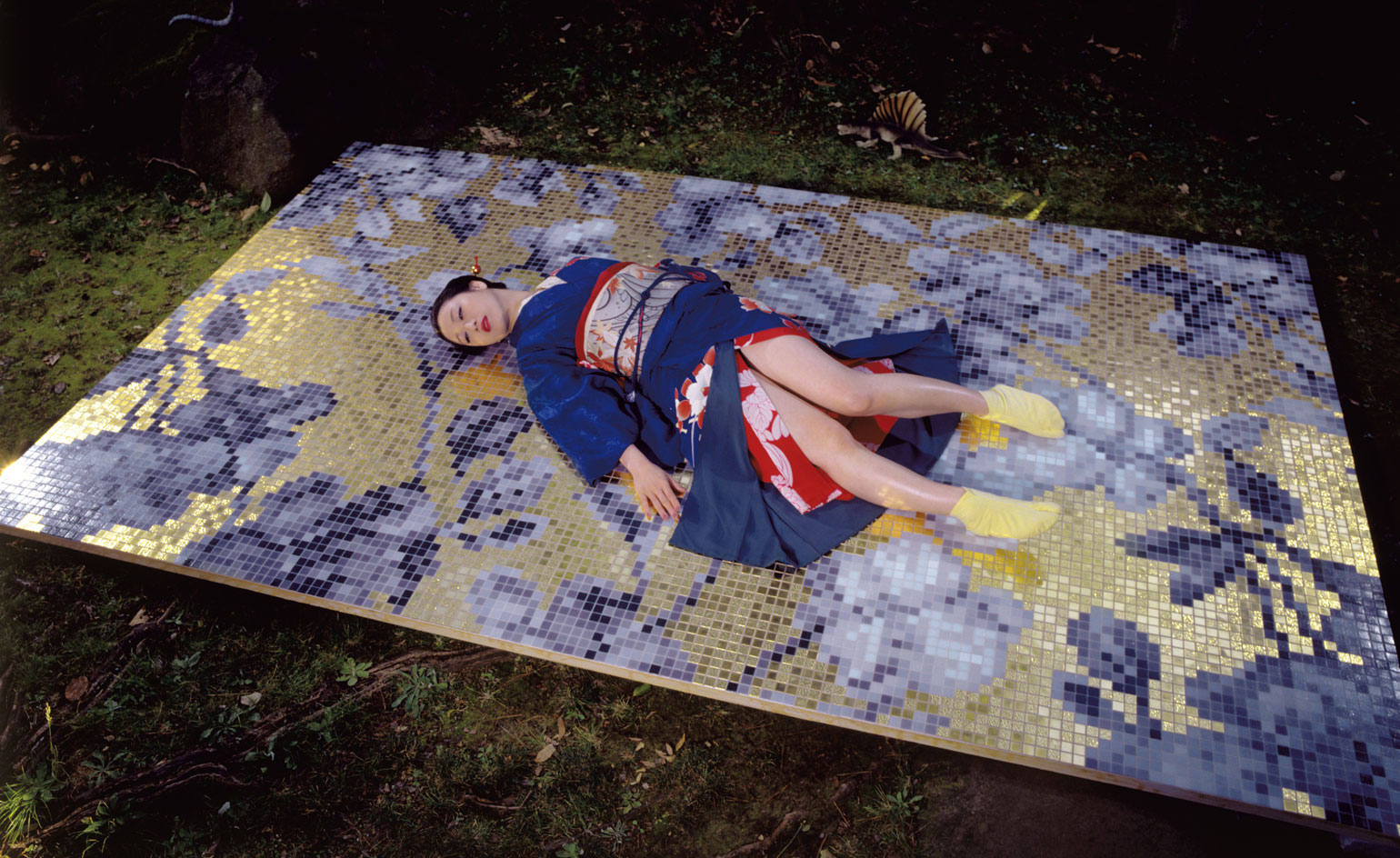
For the 2009 campaign, Araki included the rope-bound females that appear in his work. Courtesy Fondazione Bisazza
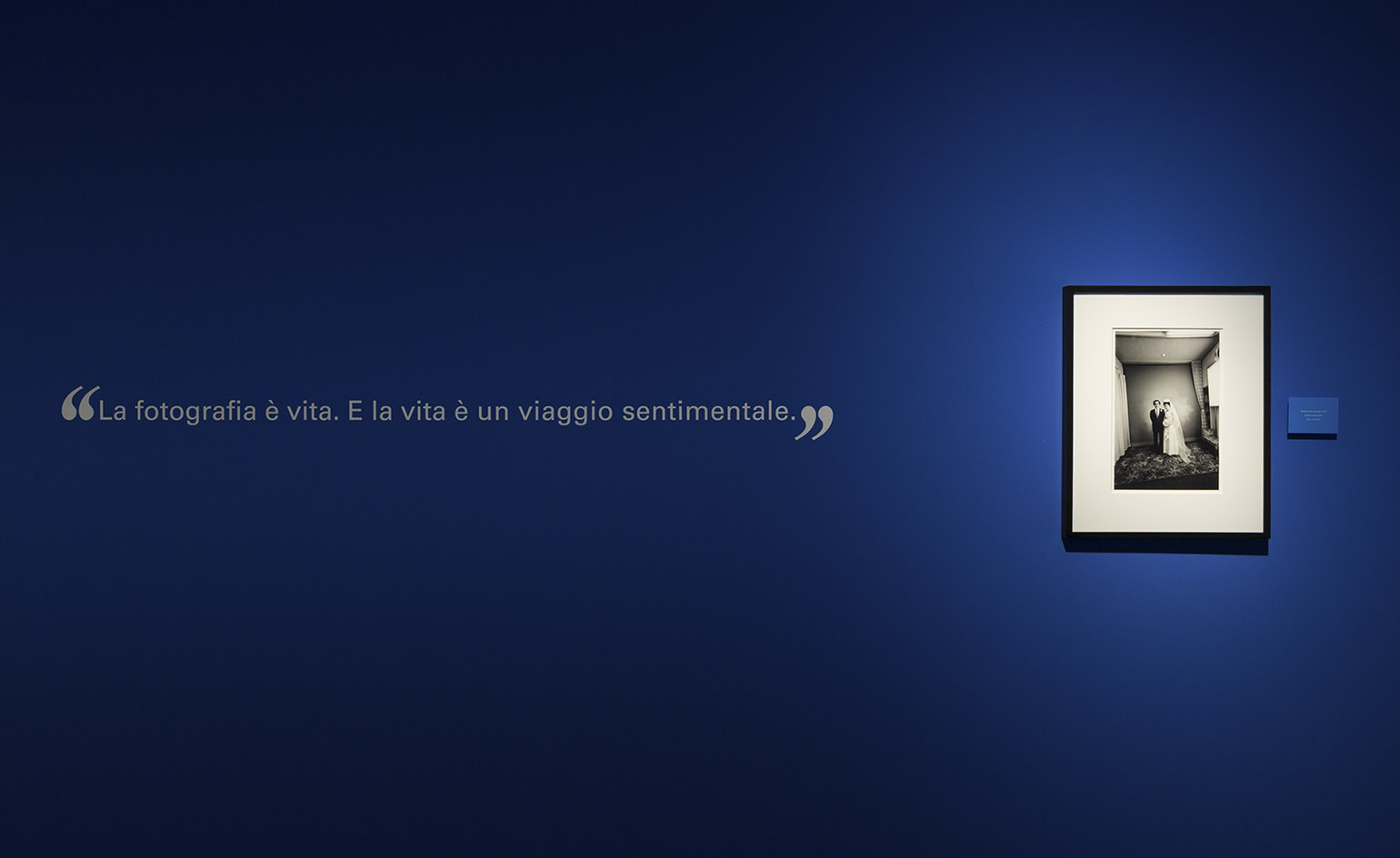
The show begins with the intimate ’Sentimental Journey’ series, that documents Araki’s honeymoon with his late wife Yoko.
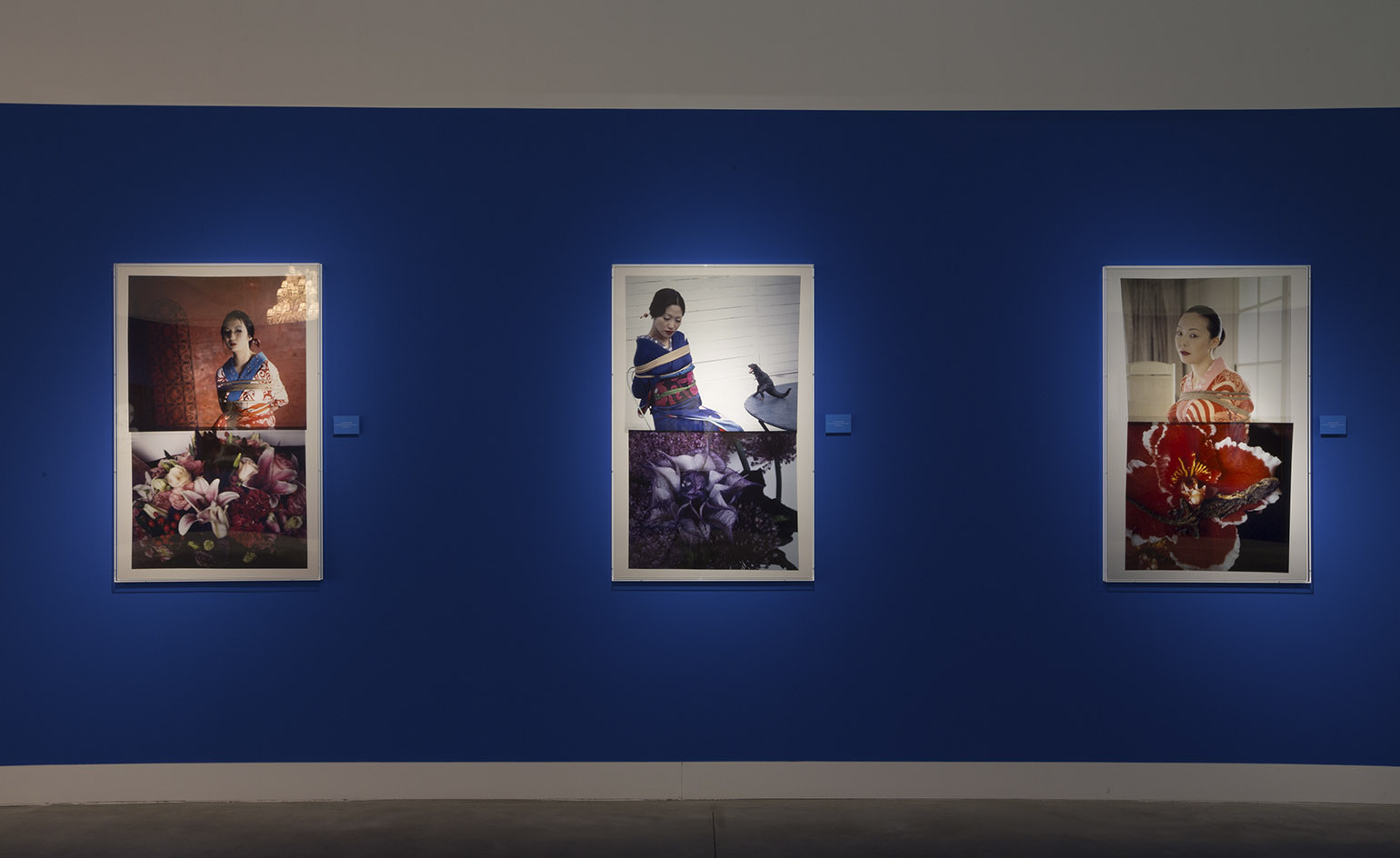
Araki’s subtle dyptiques of women juxtaposed with florals.
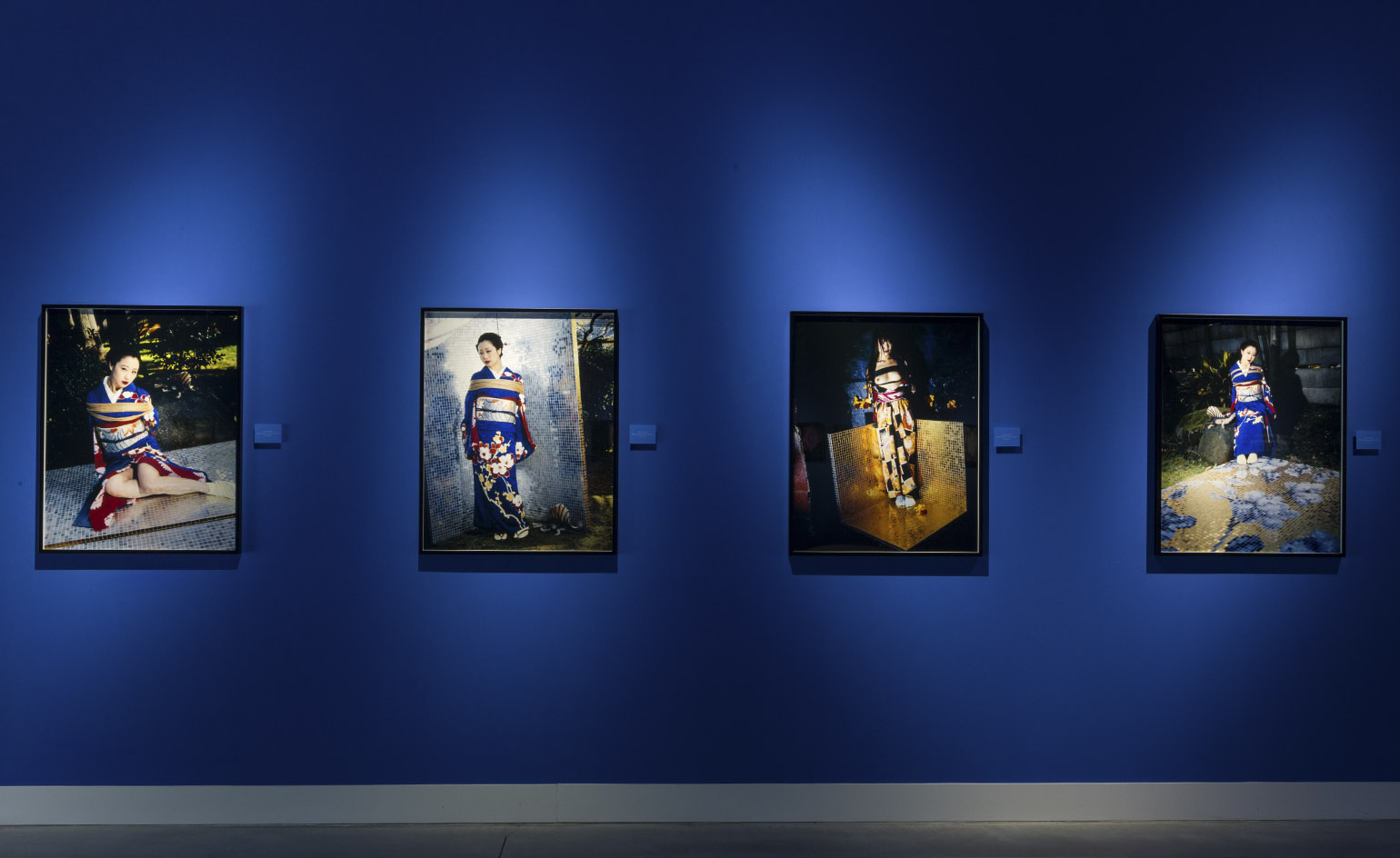
The exhibition is mounted on an intense blue backdrop.

For the campaign, Araki painted directly onto the tiles. Courtesy Fondazione Bisazza
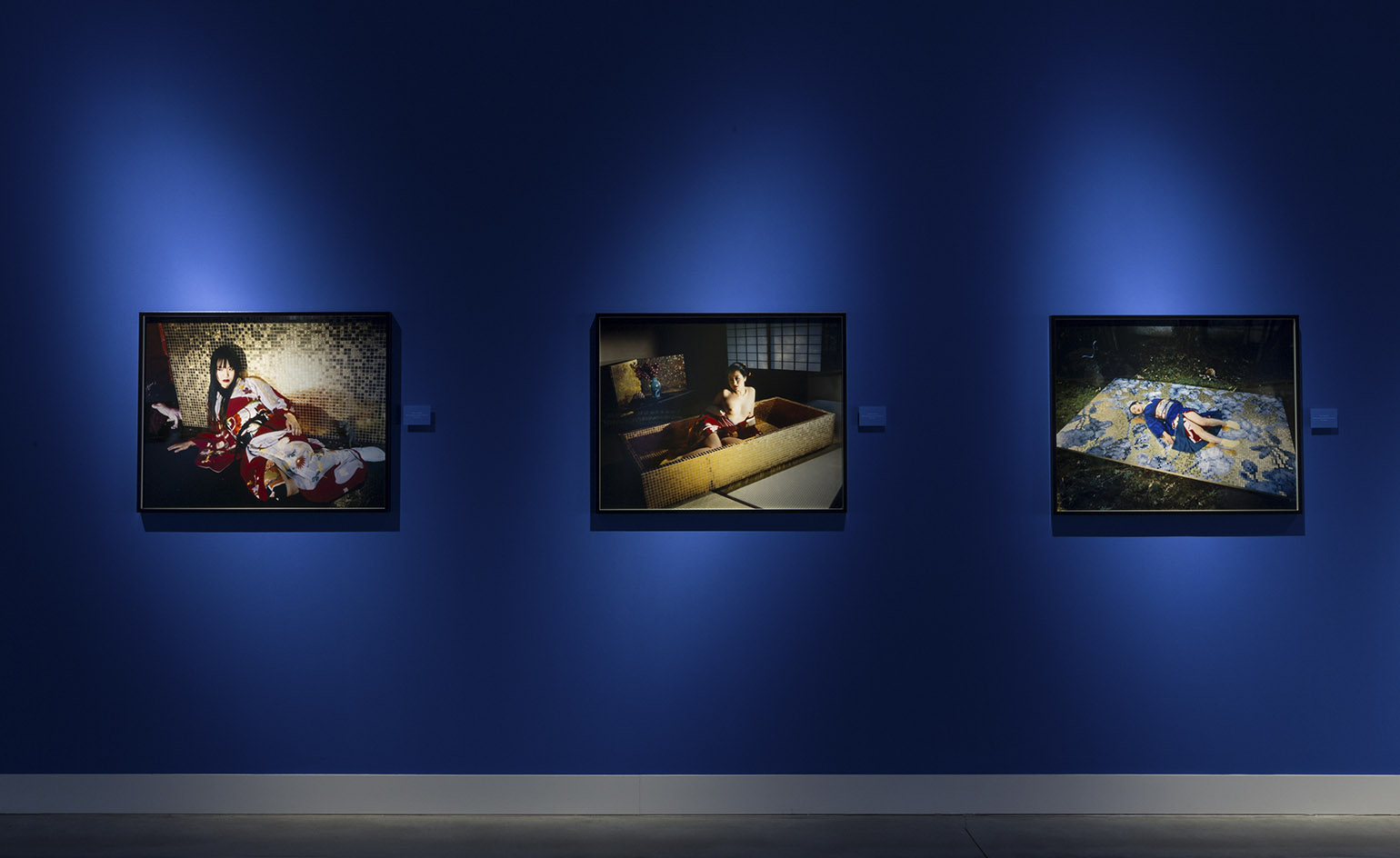
Araki’s 2009 Bisazza campaign is on view at the exhibition. Courtesy Fondazione Bisazza
INFORMATION
‘Araki’ is on view until 3 December. For more information, visit the Fondazione Bisazza website
ADDRESS
Fondazione Bisazza
Viale Milano, 56
Montecchio Maggiore VI
Italy 36075
Receive our daily digest of inspiration, escapism and design stories from around the world direct to your inbox.
Sujata Burman is a writer and editor based in London, specialising in design and culture. She was Digital Design Editor at Wallpaper* before moving to her current role of Head of Content at London Design Festival and London Design Biennale where she is expanding the content offering of the showcases. Over the past decade, Sujata has written for global design and culture publications, and has been a speaker, moderator and judge for institutions and brands including RIBA, D&AD, Design Museum and Design Miami/. In 2019, she co-authored her first book, An Opinionated Guide to London Architecture, published by Hoxton Mini Press, which was driven by her aim to make the fields of design and architecture accessible to wider audiences.
-
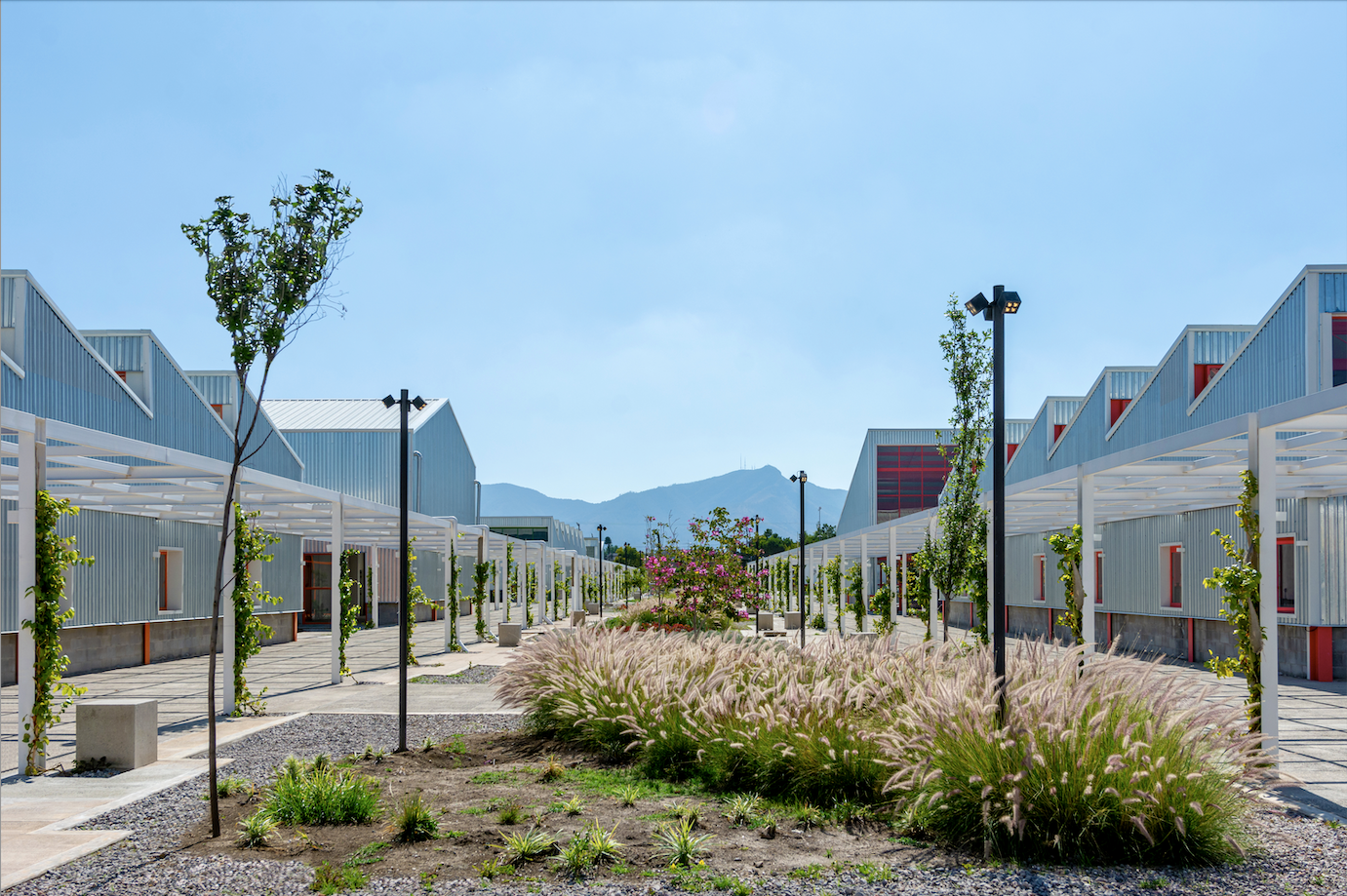 Mexico's Office of Urban Resilience creates projects that cities can learn from
Mexico's Office of Urban Resilience creates projects that cities can learn fromAt Office of Urban Resilience, the team believes that ‘architecture should be more than designing objects. It can be a tool for generating knowledge’
-
 ‘I want to bring anxiety to the surface': Shannon Cartier Lucy on her unsettling works
‘I want to bring anxiety to the surface': Shannon Cartier Lucy on her unsettling worksIn an exhibition at Soft Opening, London, Shannon Cartier Lucy revisits childhood memories
-
 What one writer learnt in 2025 through exploring the ‘intimate, familiar’ wardrobes of ten friends
What one writer learnt in 2025 through exploring the ‘intimate, familiar’ wardrobes of ten friendsInspired by artist Sophie Calle, Colleen Kelsey’s ‘Wearing It Out’ sees the writer ask ten friends to tell the stories behind their most precious garments – from a wedding dress ordered on a whim to a pair of Prada Mary Janes
-
 Yuko Mohri’s living installations play on Marcel Duchamp’s surrealism
Yuko Mohri’s living installations play on Marcel Duchamp’s surrealismThe artist’s seven new works on show at Milan’s Pirelli HangarBicocca explore the real and imaginary connections that run through society
-
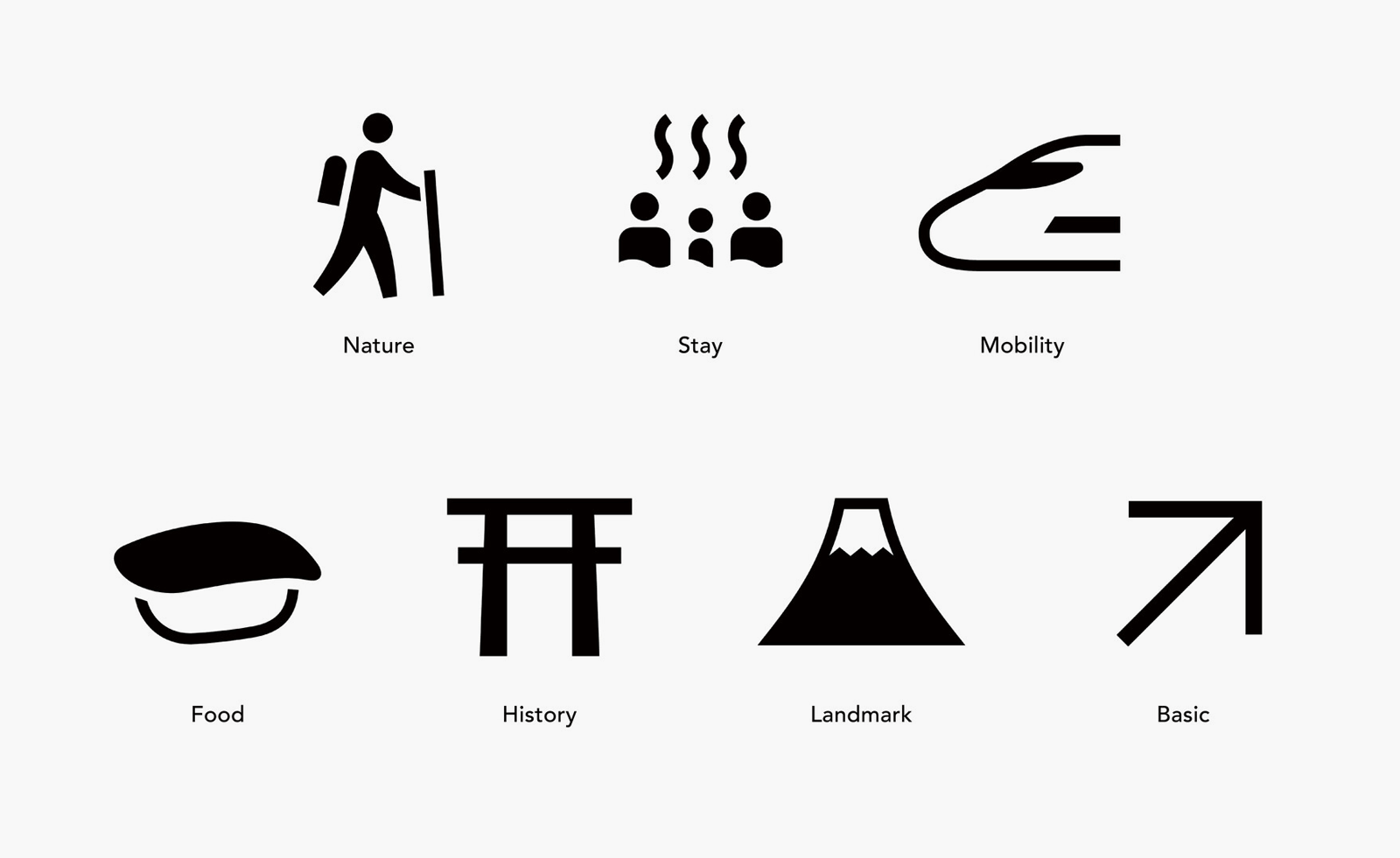 Get the picture? A new exhibition explores the beautiful simplicity of Japanese pictograms
Get the picture? A new exhibition explores the beautiful simplicity of Japanese pictogramsThe simple, minimalist forms of a pictogram are uniquely Japanese, as new exhibition 'Pictograms: Iconic Japanese Designs' illustrates
-
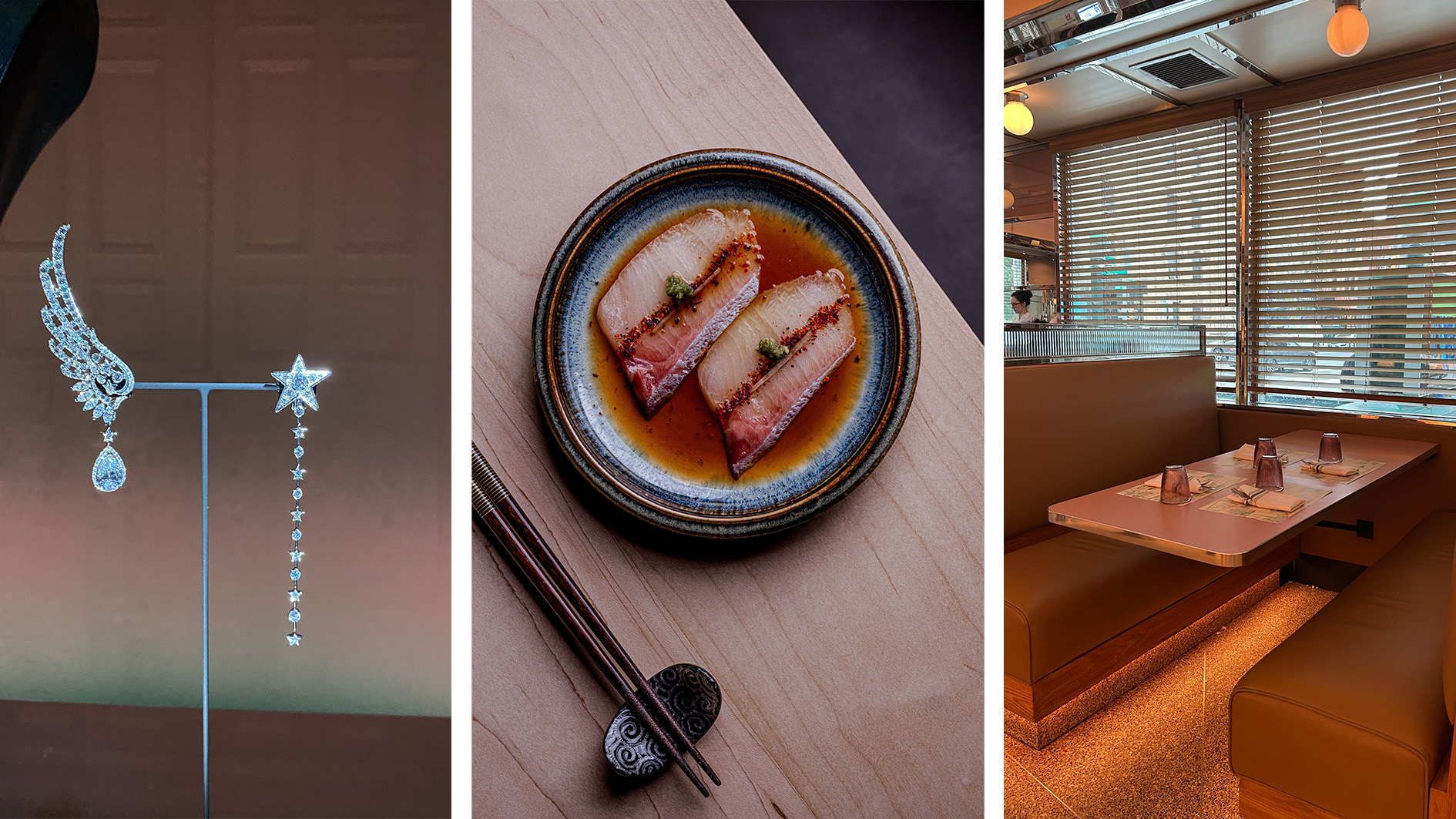 Out of office: the Wallpaper* editors’ picks of the week
Out of office: the Wallpaper* editors’ picks of the weekIt was a jam-packed week for the Wallpaper* staff, entailing furniture, tech and music launches and lots of good food – from afternoon tea to omakase
-
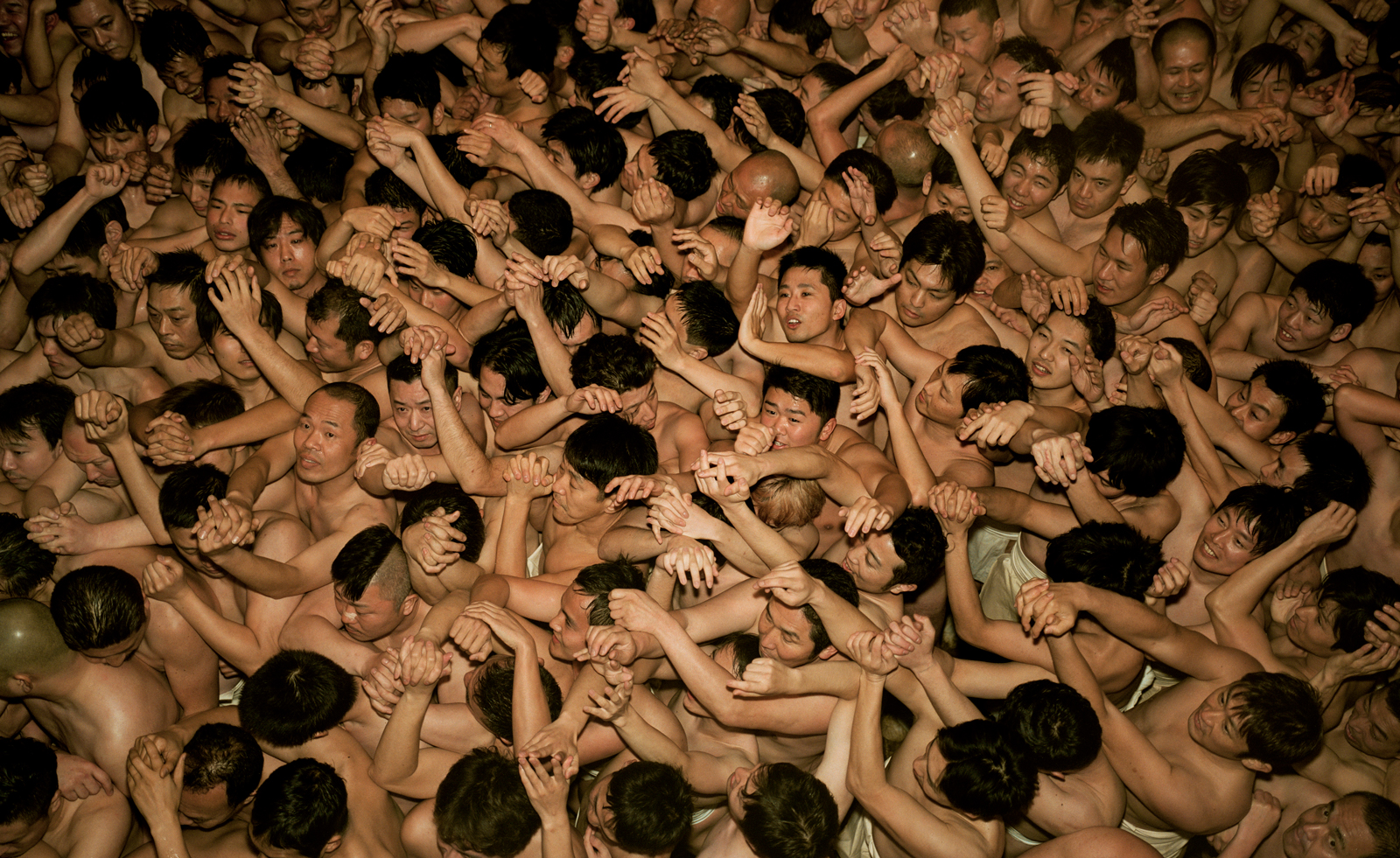 Inside Kyotographie, Japan’s world-renowned photography festival
Inside Kyotographie, Japan’s world-renowned photography festivalKyotographie 2025 embraces the theme ‘Humanity’ in Kyoto – Amah-Rose Abram reports with the highlights, from major and emerging photographers
-
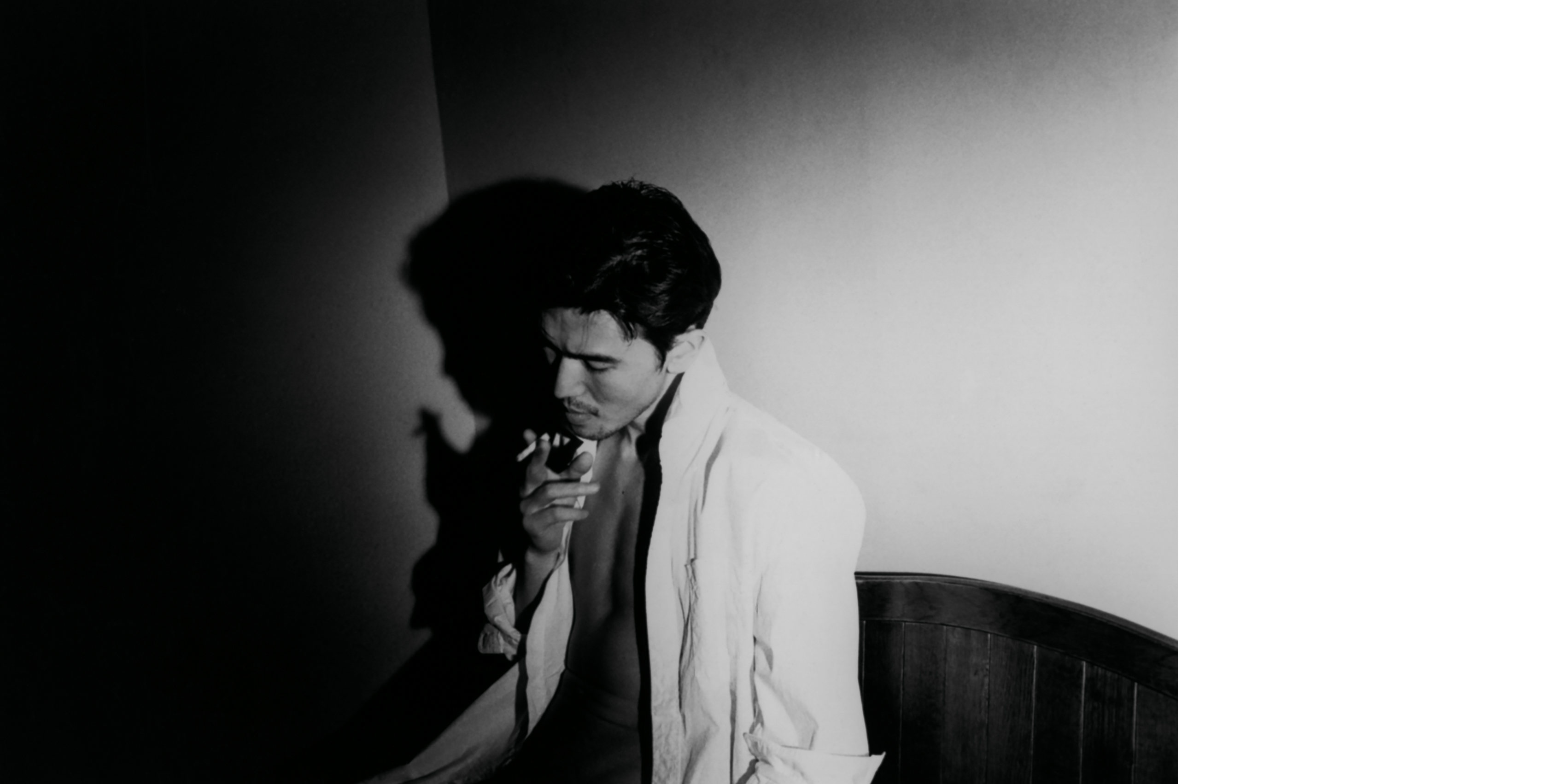 'I’m So Happy You Are Here': discover the work of Japanese women photographers
'I’m So Happy You Are Here': discover the work of Japanese women photographersSubtitled ‘Japanese Women Photographers from the 1950s to Now’, this new monograph from Aperture is a fascinating insight into a critically overlooked body of work
-
 Deathmatch wrestling’s behind-the-scenes moments and bloody glory
Deathmatch wrestling’s behind-the-scenes moments and bloody gloryA new limited-edition book explores the intersection between art and deathmatch wrestling at a sold-out show held in Tokyo
-
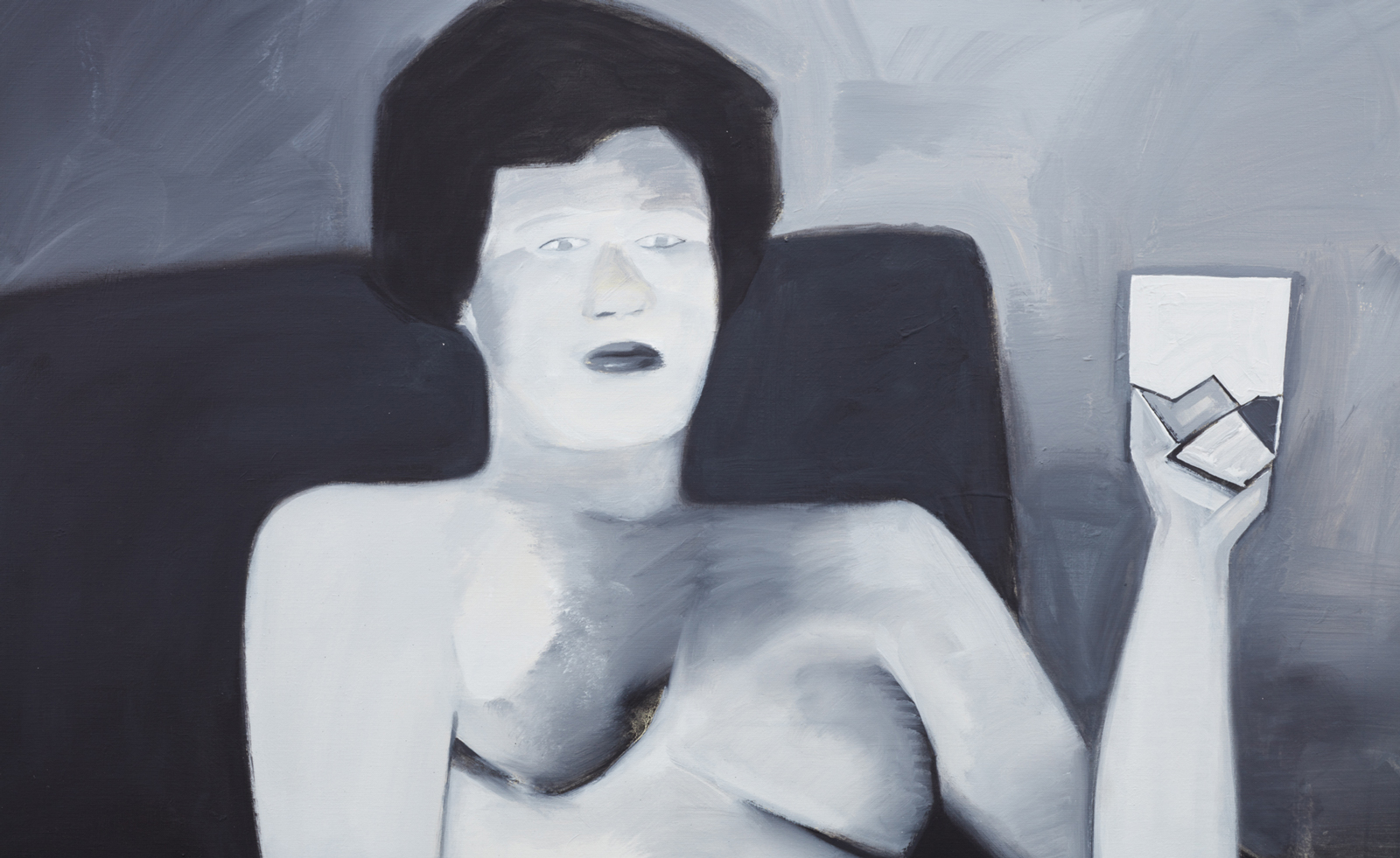 BLUM marks 30 years of Japanese contemporary art in America
BLUM marks 30 years of Japanese contemporary art in AmericaBLUM will take ‘Thirty Years: Written with a Splash of Blood’ to its New York space in September 2024, continuing its celebration of Japanese contemporary art in America
-
 Olafur Eliasson inaugurates Azabudai Hills Gallery in Tokyo
Olafur Eliasson inaugurates Azabudai Hills Gallery in TokyoOlafur Eliasson marks launch of Azabudai Hills Gallery, in Tokyo’s major new district, with a show of elemental strength